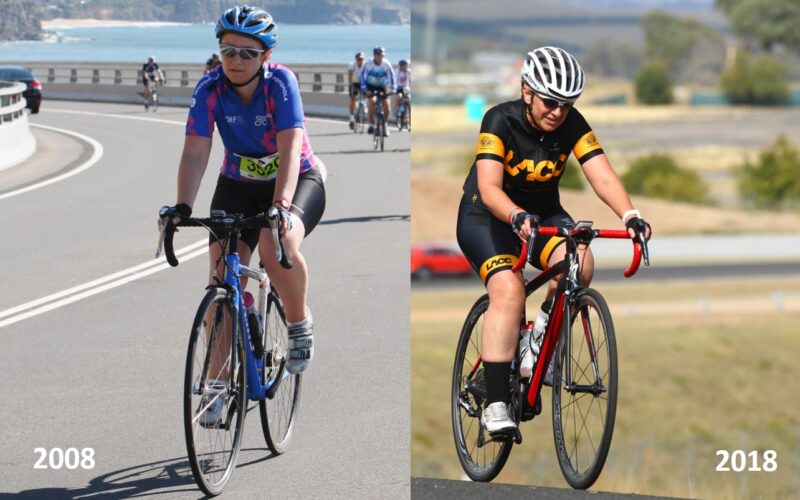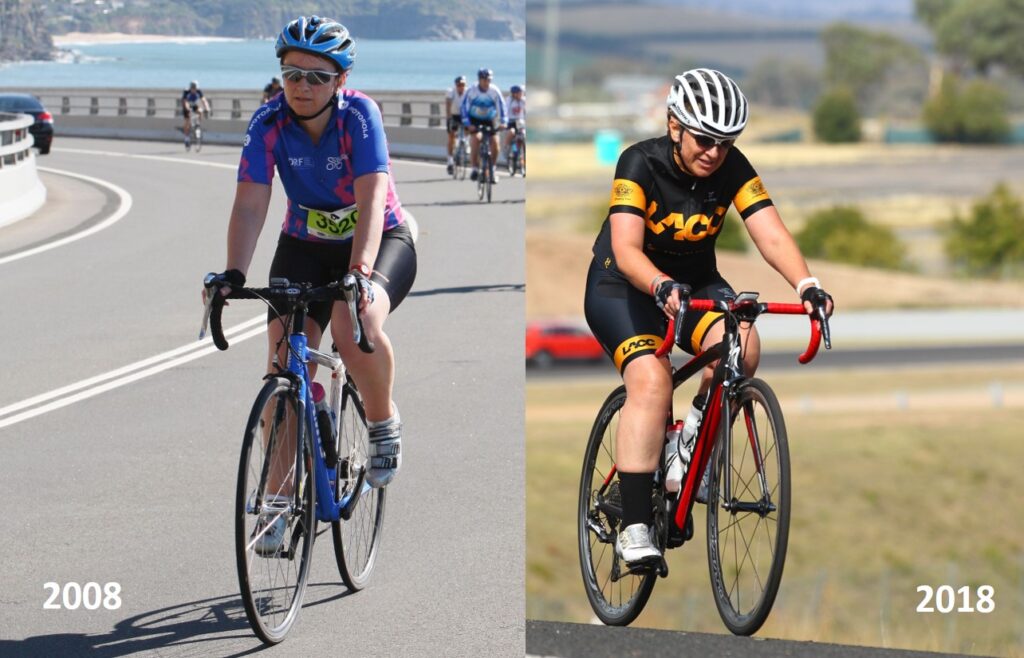Will cycling make my thighs bigger?
This seems to be one of those recurring questions that I get asked – Will cycling make my thighs bigger? Like so many questions it depends on many factors including your physiology, your training, your weight and more. In my own case I’ve slimmed down in my thigh and bottom area since I took up cycling, even though I actually weigh more than I previously did.
Here are a few reasons why for many women your legs are not going to expand:
Muscle is leaner than fat
Muscle weighs a lot more than fat. Cycling will change the shape of your legs, but unless you’re doing a lot of squats, and maintaining the same levels of fat (by eating a lot), you’re not likely to get “bigger”.
Massive quads aren’t just the result of bike riding
Track cyclists (and other riders who specialise in shorter distances, where top end power presides over power to weight ratio) spend a lot of time in the gym.
Aerobic exercise, such as cycling, works your endurance muscle fibres – these become more resistant to fatigue with training, but don’t bulk up. You’d need to lift heavy weights on a regular basis to get a reaction from the muscles responsible for power.
Women build muscle differently to men
Women have much lower levels of testosterone than men (around 15% less), and higher levels of body fat (around 10% more). The body fat is necessary for a healthy menstrual cycle.
Testosterone aids the creation of bulging muscles, and it’s the reason sedentary men naturally have more muscle than sedentary women. If a woman takes to strength training or resistance exercise, she’ll gain muscle, but not as much as a man.
Muscle burns more calories
Great news here…..gaining muscle will make it harder to store fat, since muscle burns more calories, even when you’re not doing anything. When you’re at rest, ten pounds of muscle burns 50 calories a day, whilst the same weight in fat burns just 20. So effectively extra muscle will act like a furnace for calories, so you’re not likely to be gaining more fat if you’re packing on the muscle.


